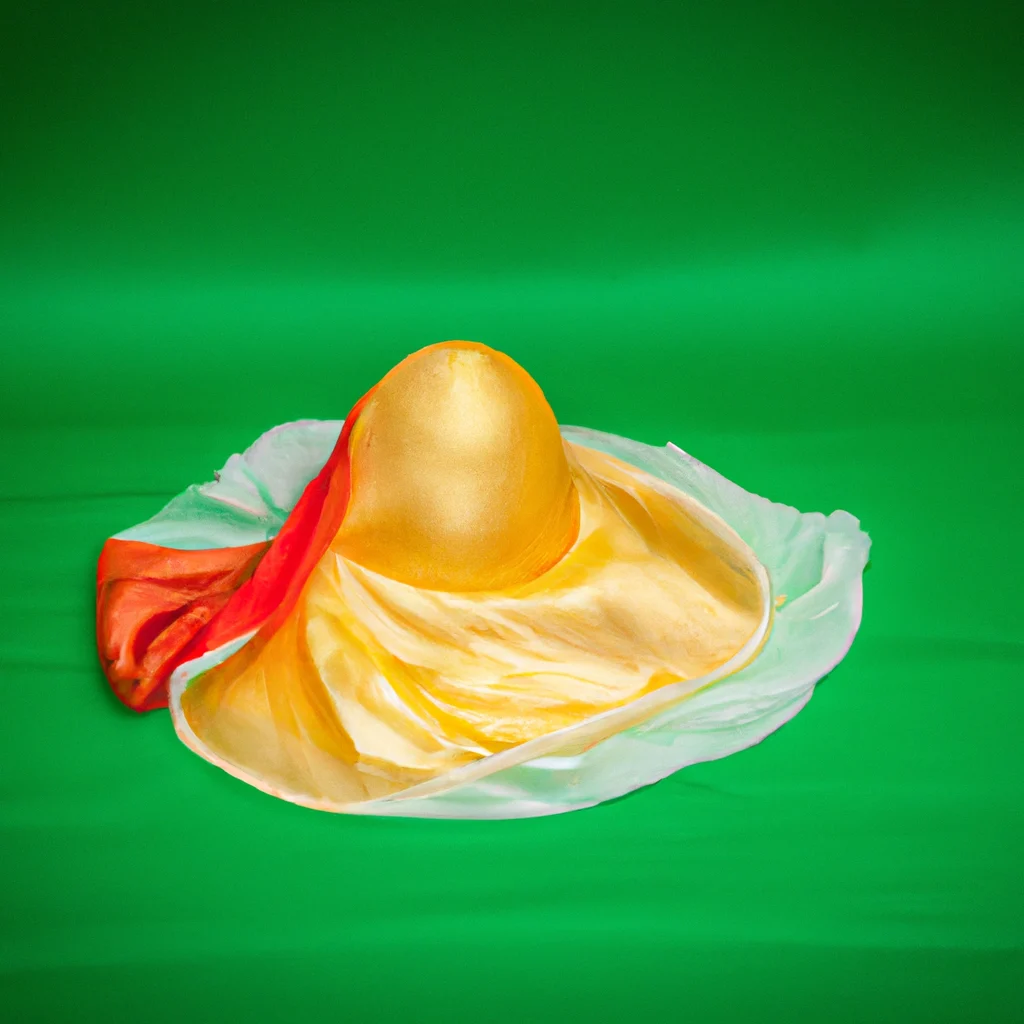Introduction to Abstract Art Photography
Abstract art photography transforms ordinary items into striking visual representations. This genre of photography moves beyond traditional depictions, using elements such as color, shape, and texture to convey emotions and ideas rather than specific subjects. By focusing on these aspects, photographers create images that resonate with viewers on a different level, challenging perceptions and inviting interpretation.
The Evolution of Abstract Art Photography
The journey of abstract art photography is closely tied to the broader evolution of abstract art itself. Originating in the early 20th century, abstract art sought to move away from realistic portrayals. Pioneers like Wassily Kandinsky and Kazimir Malevich laid the groundwork, emphasizing form and color over subject matter. As photography developed, artists began applying these principles to their work, leading to a new movement that allowed for innovative interpretations of reality.
Key Characteristics of Abstract Art Photography
Understanding the defining features of abstract art photography is essential for both creators and enthusiasts. These characteristics include:
1. Use of Color
Color plays a pivotal role in abstract photography, often serving as the primary means of expression. Photographers may manipulate hues and saturation to evoke specific emotions or to create striking contrasts that draw attention.
2. Shapes and Patterns
The repetition of shapes and patterns can lead to a sense of rhythm in abstract photography. By focusing on geometric forms or organic lines, artists can create compositions that guide the viewer’s eye and provoke thought.
3. Texture
Texture adds depth and interest to photographs. Photographers often highlight surfaces, whether smooth, rough, or layered, to enhance the tactile quality of their images, inviting viewers to consider the physicality of the objects depicted.
4. Composition
Composition in abstract art photography is crucial. It involves the arrangement of elements within the frame to create balance, contrast, and visual harmony. Each decision regarding placement influences the overall impact of the piece.
Techniques for Creating Abstract Art Photography
Mastery of various techniques is necessary for photographers who wish to excel in abstract art. Below are some effective methods:
1. Close-up Photography
Close-up photography allows for detailed examination of textures and patterns that may go unnoticed in broader images. By focusing closely on an object, photographers can abstract its essence, transforming the commonplace into the extraordinary.
2. Long Exposure
Utilizing long exposure techniques can create unique visual effects, blurring motion and merging elements in ways that challenge traditional representation. This method can evoke feelings of time and movement, adding layers of meaning to the composition.
3. Digital Manipulation
Digital tools offer endless possibilities for altering images. Techniques such as layering, color adjustments, and distortion can elevate a photograph to an abstract level, allowing for personal interpretation and creativity.
4. Playing with Focus
Adjusting focus can create a sense of ambiguity in photographs. By intentionally blurring certain elements while keeping others sharp, photographers can lead the viewer’s eye and provoke curiosity about the subject matter.
Finding Inspiration in Everyday Objects
Everyday objects hold immense potential for abstract art photography. By observing the world around us, we can transform mundane items into subjects of intrigue. Here are some strategies to find inspiration:
1. Everyday Surroundings
Our environments provide a wealth of materials for abstract photography. From the lines of architecture to the textures of natural elements, there is beauty to be found in the familiar.
2. Uncommon Perspectives
Changing our viewpoint can yield unexpected results. By photographing objects from unusual angles or distances, we can create images that challenge viewers’ expectations and invite new interpretations.
3. Light and Shadow
The interplay of light and shadow is fundamental in photography. By experimenting with different lighting conditions, photographers can accentuate shapes and textures that might otherwise remain hidden.
4. Color Play
Using color to evoke emotion is a powerful tool in abstract photography. By arranging objects with complementary or contrasting colors, we can create visual tension and interest, drawing viewers into the composition.
The Role of Abstract Art Photography in Contemporary Art
Abstract art photography occupies a significant position in contemporary art discussions. It challenges traditional notions of representation and encourages viewers to engage with art on a more personal level. By evoking emotions rather than depicting clear narratives, this form of art opens avenues for dialogue and interpretation.
Exhibiting Abstract Art Photography
For photographers interested in showcasing their abstract work, understanding the exhibition process is crucial. Here are key considerations for successful displays:
1. Selecting the Right Venue
Choosing an exhibition space that aligns with the vision of your work is essential. Galleries, art fairs, and community spaces all offer different atmospheres and audiences, influencing how the work is perceived.
2. Presentation Matters
The way photographs are presented can greatly impact viewer experience. Consider framing, mounting, and lighting to enhance the visual appeal and draw attention to specific elements of the work.
3. Engaging the Audience
Creating opportunities for interaction can deepen viewer engagement. Offering artist talks, workshops, or guided tours can foster discussions around the themes and techniques used in your abstract photographs.
Conclusion: The Impact of Abstract Art Photography
Abstract art photography serves as a powerful medium for expression, enabling artists to reimagine the ordinary. By elevating everyday objects to a level of artistry, this genre not only enriches the photographic landscape but also invites viewers to reconsider their surroundings. For those interested in integrating abstract photography into their lives, resources like Nivax Lifestyle can provide valuable insights and inspiration.


